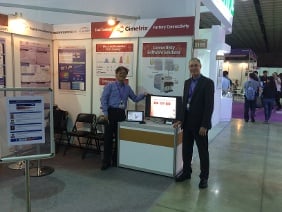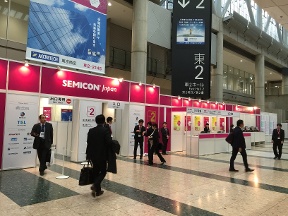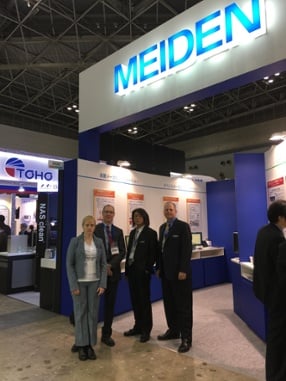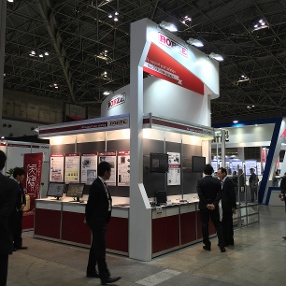
As the SEMI GEM standard celebrates its 25th birthday, you may have thought its evolution had just about run its course — but you’d be wrong. Last year, the Information and Control Committee of SEMI Standards passed two new standards that enhance the usability of the entire SECS/GEM suite of standards for equipment suppliers and semiconductor manufacturers alike: E172 SEDD and E173 SMN.
Let us talk about the first of these, the E172 Specification for the SECS Equipment Data Dictionary (SEDD) and postpone E173 Specification for XML SECS-II Message Notation (SMN) discussion for another blog. SEDD standardizes the approach for documenting an equipment’s GEM interface in a way that is both human- and computer-readable. All factories in every industry that use GEM require their equipment suppliers to provide GEM interface documentation in some electronic form for each type of equipment. This is because the GEM interface on every equipment type is unique, supporting unique features and publishing a unique set of data. Of course, the GEM standard itself requires documentation and what has to be in the documentation but does not specify how this is to be accomplished. Until now there has been no common approach or format. This has always left the equipment suppliers to come up with their own format. At best this might be in a multiple-tabbed Excel spreadsheet or a PDF file; and at worst a text document that might or might not have been accurate or even complete. And every equipment supplier completes the documentation in a different structure and style so that no two GEM documents look the same. In summary, everyone is trying to complete this GEM and factory requirement by providing documentation, but in the end what factories are receiving has to be consumed and digested differently based on the equipment supplier, and sometimes even based on the specific equipment type from the same equipment supplier. It is a lot of work for the factory just to understand exactly what is in each GEM interface.
SEDD was created to solve this problem by defining a standard XML schema for documenting a GEM interface. Equipment suppliers create an XML file that complies with the SEDD XML schema to document the GEM interface and then deliver this XML file (called an SEDD file) to the factory.
Why XML? Because XML is the perfect technology for organizing data into a uniform structure that is well supported by modern programming languages. This means that equipment suppliers can use a software program to generate the SEDD file. It also means that factories can write software to read and view the SEDD file. Moreover, they can create intelligent host applications that automatically configure themselves and adapt to a specific GEM interface.
So what’s in an SEDD file? Below is a visual representation of the SEDD file schema, identifying the major elements of the SEDD file.
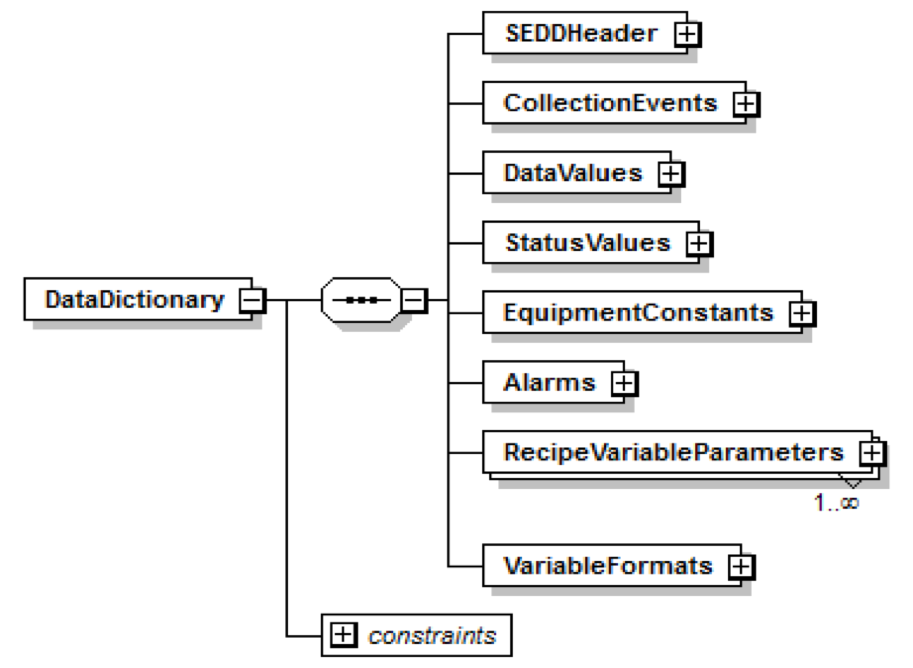 So essentially the SEDD file includes a list of the data available for collection by a host, some general information about the equipment (in the header), and the format of the data variables, status variables and equipment constants. As an example of what details are included, here are the details for collection events.
So essentially the SEDD file includes a list of the data available for collection by a host, some general information about the equipment (in the header), and the format of the data variables, status variables and equipment constants. As an example of what details are included, here are the details for collection events.
As an example, for a collection event, the SEDD file includes a list of all collection events available, and the ID, name, description, related SEMI standard, and the list of related data variables and other variables for that collection event. This is everything you need to use a collection event.

So far this is a summary of what is available today in a SEDD file. Cimetrix is leading the GEM300 task to extend the SEDD file to include additional information. This work is in SEMI ballot 5872 that proposes to extend the SEDD file to also include:
-
A list of supported SECS-II messages and the acceptable format for each message (using E172 SMN)
-
A list of support remote commands and available parameters for each remote command
-
A list compliance tables for supported SEMI standards
-
The list of predefined event reports
This is all work that was postponed from the original SEDD standard development. Hopefully ballot 5872 will pass and make SEDD files even more useful. With this additional information an SEDD file would empower GEM host software to configure itself to fully communicate with a GEM interface and make all of the features in the GEM interface available.
This is one example of how GEM technology just keeps getting better. It is not surprising that GEM is getting used in more and more industries.
For more information about this latest standard, and how you can incorporate it into your interface implementation, please contact us.♦


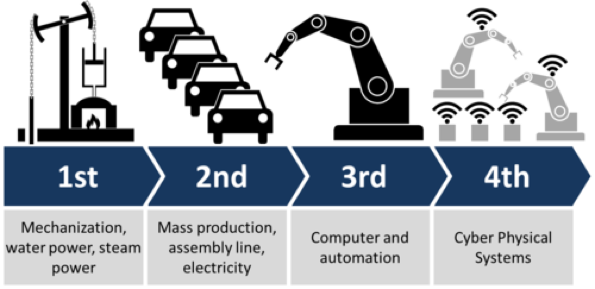
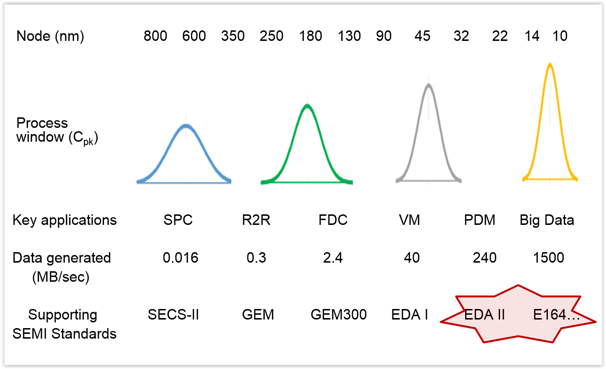

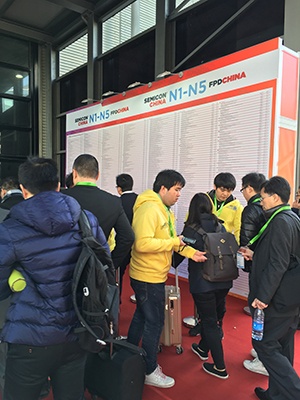

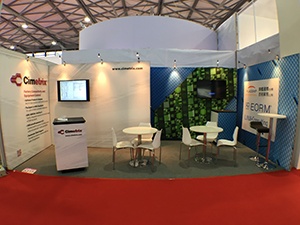

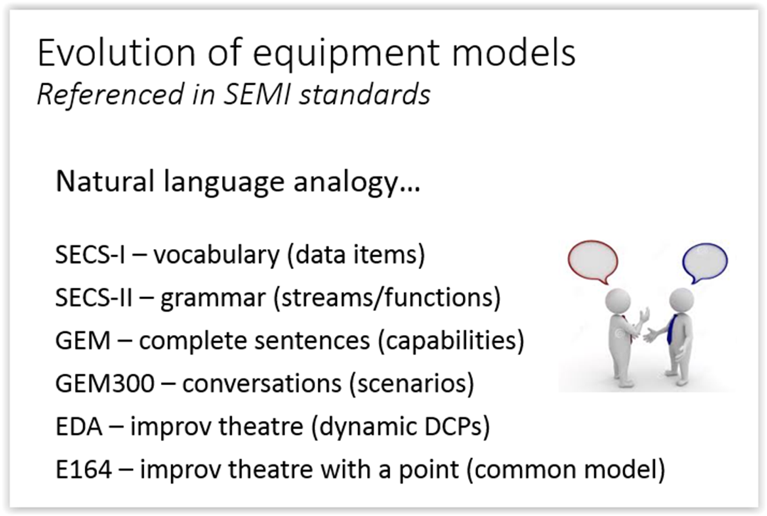
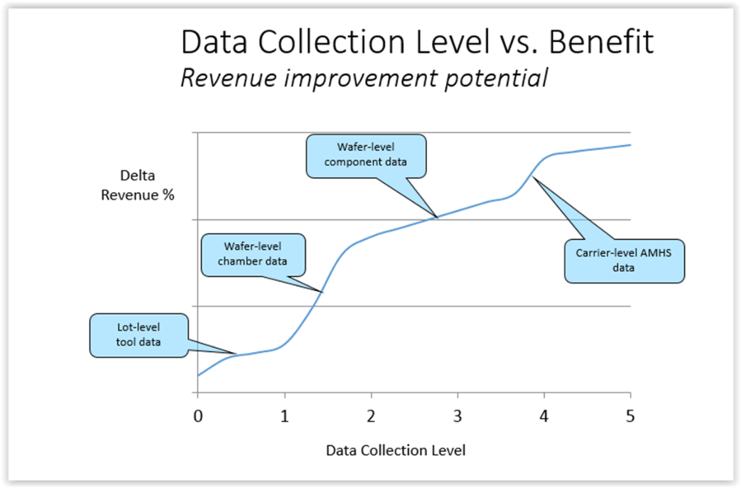


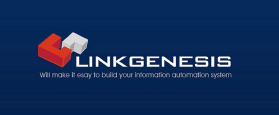
 Linkgenesis will be exhibiting at SEMICON Korea 2016, which will be held in Seoul on January 27-29. Please stop by our booth in Hall C #1739 to see our product line as well as Cimetrix’ CIMPortal Plus, and discover how our software brings the latest innovations to the semiconductor manufacturing industry.
Linkgenesis will be exhibiting at SEMICON Korea 2016, which will be held in Seoul on January 27-29. Please stop by our booth in Hall C #1739 to see our product line as well as Cimetrix’ CIMPortal Plus, and discover how our software brings the latest innovations to the semiconductor manufacturing industry.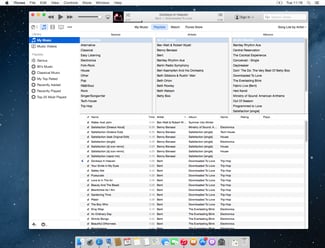
 Many software companies can do this is through the way they use software versioning. It is common for software companies to use a major.minor.patch.build software versioning scheme, for example iTunes 12.3.1. This type of software versioning allows the software company to communicate the scale and impact of the changes in the release to their customers. A change in the “major” release number indicates to customers that there are some significant changes in this release that may impact the way it interacts with the product. The customer will likely need to make code changes or procedural changes when upgrading to such a release. A change to the “minor” release number denotes that there are multiple changes in the release, but customers should see only minor, or possibly no changes, in the way they use the product. A minor release may include some small new features that could potentially require code changes if the customers wants/needs those new features. A “patch” release is generally used to address a specific issue and should not change the customer experience with the software. The build number is most often provided to help the software company when researching a question or customer reported defect.
Many software companies can do this is through the way they use software versioning. It is common for software companies to use a major.minor.patch.build software versioning scheme, for example iTunes 12.3.1. This type of software versioning allows the software company to communicate the scale and impact of the changes in the release to their customers. A change in the “major” release number indicates to customers that there are some significant changes in this release that may impact the way it interacts with the product. The customer will likely need to make code changes or procedural changes when upgrading to such a release. A change to the “minor” release number denotes that there are multiple changes in the release, but customers should see only minor, or possibly no changes, in the way they use the product. A minor release may include some small new features that could potentially require code changes if the customers wants/needs those new features. A “patch” release is generally used to address a specific issue and should not change the customer experience with the software. The build number is most often provided to help the software company when researching a question or customer reported defect.


 Last fall I was invited to attend the 30th Anniversary Celebration for Rorze Corporation and their partner company ADTEC Plasma Technology. The event took place at the Fukuyama New Castle Hotel in Fukuyama, Japan on December 14, 2015. As you may know, Rorze is an official distributor of Cimetrix products in Japan so we have a long-standing relationship including Rorze handling Cimetrix products as well as being an investor in Cimetrix Incorporated itself.
Last fall I was invited to attend the 30th Anniversary Celebration for Rorze Corporation and their partner company ADTEC Plasma Technology. The event took place at the Fukuyama New Castle Hotel in Fukuyama, Japan on December 14, 2015. As you may know, Rorze is an official distributor of Cimetrix products in Japan so we have a long-standing relationship including Rorze handling Cimetrix products as well as being an investor in Cimetrix Incorporated itself.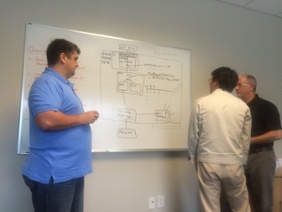 For a small company like Cimetrix, we can be proud of these accomplishments. We are very thankful to have had
For a small company like Cimetrix, we can be proud of these accomplishments. We are very thankful to have had 